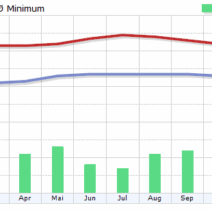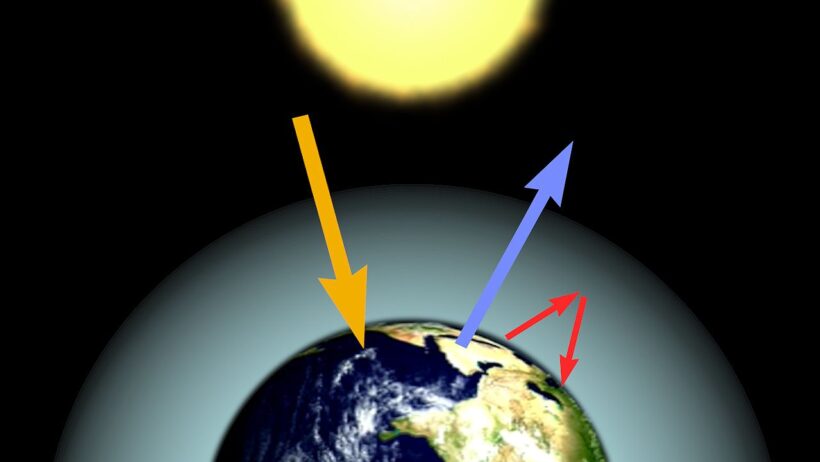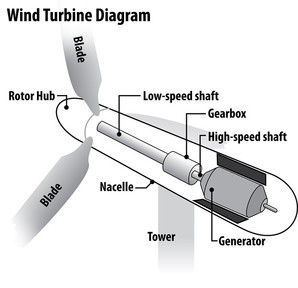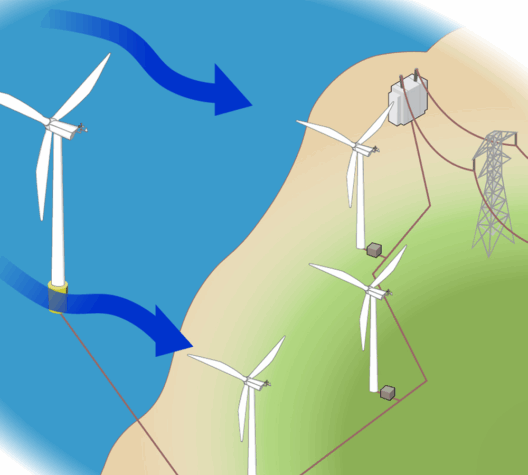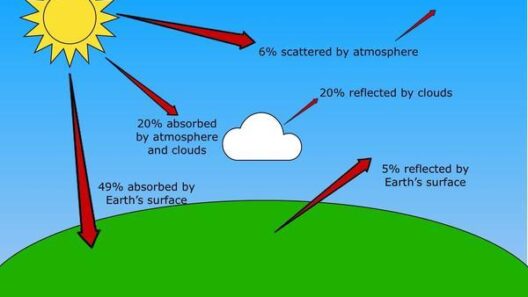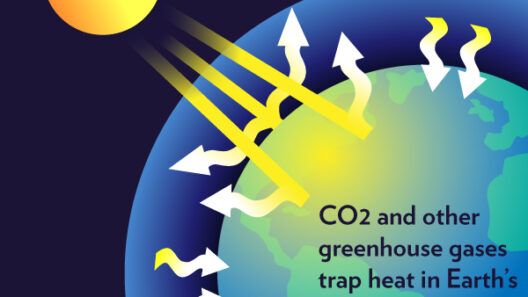The atmosphere of Earth is a complex and dynamic entity, composed of numerous gases that interact in intricate ways to regulate our climate. At the heart of this phenomenon is the greenhouse effect, a natural process that has profound implications for weather patterns, temperature regulation, and ecosystems worldwide. Understanding how greenhouse gases influence the climate is paramount, especially in an era characterized by anthropogenic changes to our environment.
When discussing the greenhouse effect, one cannot overlook its dual nature. On the one hand, it is essential for nurturing life by maintaining a habitable temperature range on Earth. On the other hand, human activities have augmented the concentrations of greenhouse gases in the atmosphere, leading to significant climatic disturbances. Let us delve into the mechanics of the greenhouse effect and explore the pivotal role that greenhouse gases play in shaping our weather and climate.
The mechanics of the greenhouse effect are relatively straightforward yet profoundly consequential. Solar radiation enters the Earth’s atmosphere, predominantly in the form of visible light. Some of this radiation is absorbed by the Earth’s surface, warming the planet. However, not all energy is retained; a portion is reflected back into space while the rest is re-radiated as infrared radiation. Herein lies the crux of the greenhouse effect: certain gases in the atmosphere—predominantly carbon dioxide (CO2), methane (CH4), and nitrous oxide (N2O)—are adept at trapping this outgoing infrared radiation.
Greenhouse gases create a thermal blanket around the Earth. This “blanket” allows sunlight to penetrate but inhibits heat from escaping, resulting in an increase in average global temperatures. This phenomenon explains why Earth’s climate resembles a finely tuned system, capable of sustaining life as we know it. However, the delicate balance sustaining this warmth is increasingly perturbed by human actions, particularly through fossil fuel combustion, deforestation, and industrial processes.
The concentration of greenhouse gases has surged to unprecedented levels since the Industrial Revolution. For instance, atmospheric CO2 levels have risen by over 40% since the late 18th century, primarily due to burning coal, oil, and natural gas. Methane, while less abundant, has a warming potential that is 25 times greater than CO2 over a 100-year period. Likewise, nitrous oxide, released from agricultural activities and industrial processes, is substantially more effective at trapping heat than carbon dioxide. Such changes are alarming, as they result in intensified greenhouse effects and accelerated global warming.
One of the direct consequences of increased greenhouse gas concentrations is observable weather pattern alterations. Climate models predict that elevated temperatures will lead to more extreme weather events, including heatwaves, droughts, heavy rainfall, and hurricanes. Scientific studies indicate that warmer air can hold more moisture, leading to enhanced precipitation events. This alteration in weather patterns may lead to significant impacts on agriculture, water resources, and biodiversity.
The implications extend beyond mere temperature changes. The rise in global temperatures has been closely linked to melting ice caps and glaciers, leading to rising sea levels. Coastal regions face the risk of inundation, creating displacement and habitat loss. Furthermore, warmer waters contribute to more intense tropical storms and hurricanes, which pose threats not just to human life but also to marine ecosystems. The ongoing coral bleaching events, attributable to warming oceans, jeopardize the intricate balance of underwater ecologies.
The human dimension of the greenhouse effect cannot be overstated. The increasing frequency of natural disasters ties directly into the health and safety of communities. Economies are also adversely affected by the shifts in climate, necessitating vast investments in disaster recovery and adaptation strategies. The agricultural sector, for instance, is particularly vulnerable to climatic shifts. Unpredictable weather patterns can compromise food security, as crops may fail or yield may diminish. This poses a significant challenge not solely for farmers, but for global food supply chains.
Addressing the growing threat of climate change necessitates a multifaceted approach. Mitigation strategies focus on reducing the emissions of greenhouse gases into the atmosphere. Transitioning to renewable energy sources, enhancing energy efficiency, and sustainable land use practices are vital components of combating climate change. Furthermore, afforestation and reforestation initiatives can enhance carbon capture, helping to balance atmospheric greenhouse gas levels.
Adapting to the consequences already set in motion is equally important. Communities must develop resilience by enhancing infrastructure, improving water management, and bolstering food systems against unpredictable climactic conditions. Governments, corporations, and individuals must join forces to pioneer innovative solutions that promote sustainability and environmental stewardship.
In summary, the greenhouse effect plays an indispensable role in shaping the climate on Earth. While it is a necessary phenomenon, the unchecked accumulation of greenhouse gases due to anthropogenic activities has precipitated alarming changes in our weather patterns. Understanding this intricate relationship is crucial for empowering individuals and organizations to contribute to remedial efforts. The landscape of our future climate hangs in the balance, emphasizing the urgency for collective action to mitigate this pressing concern and secure a sustainable planet for generations to come.
